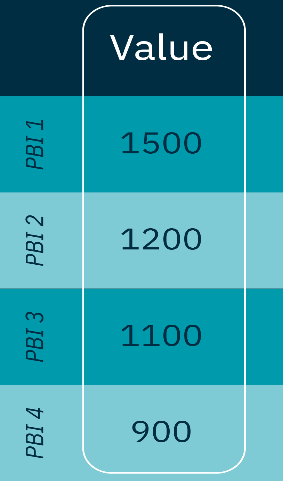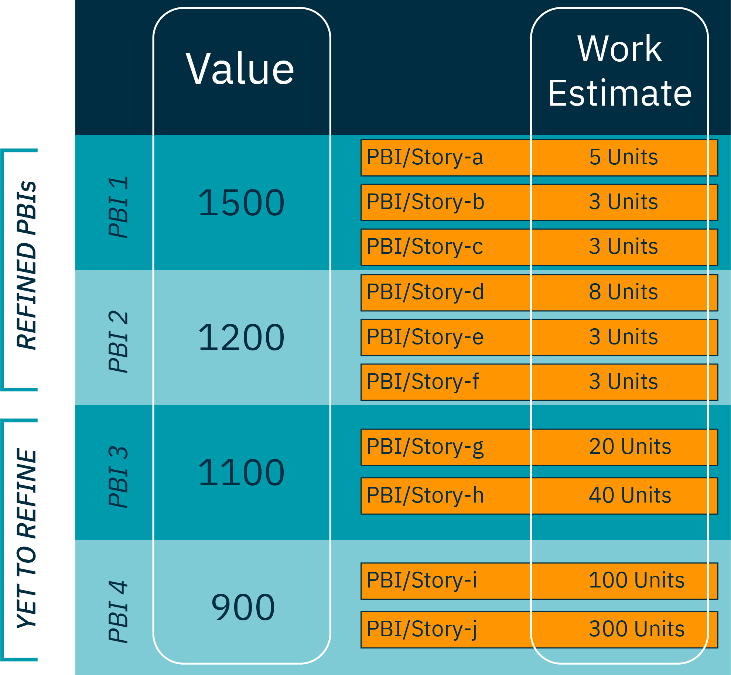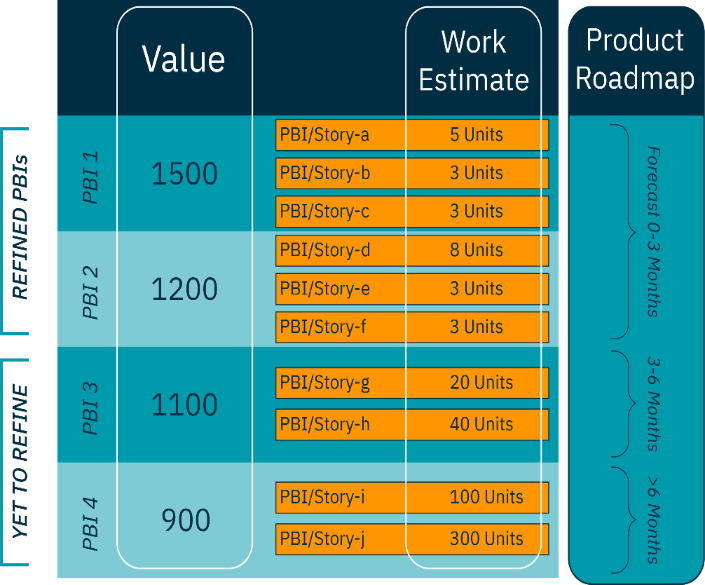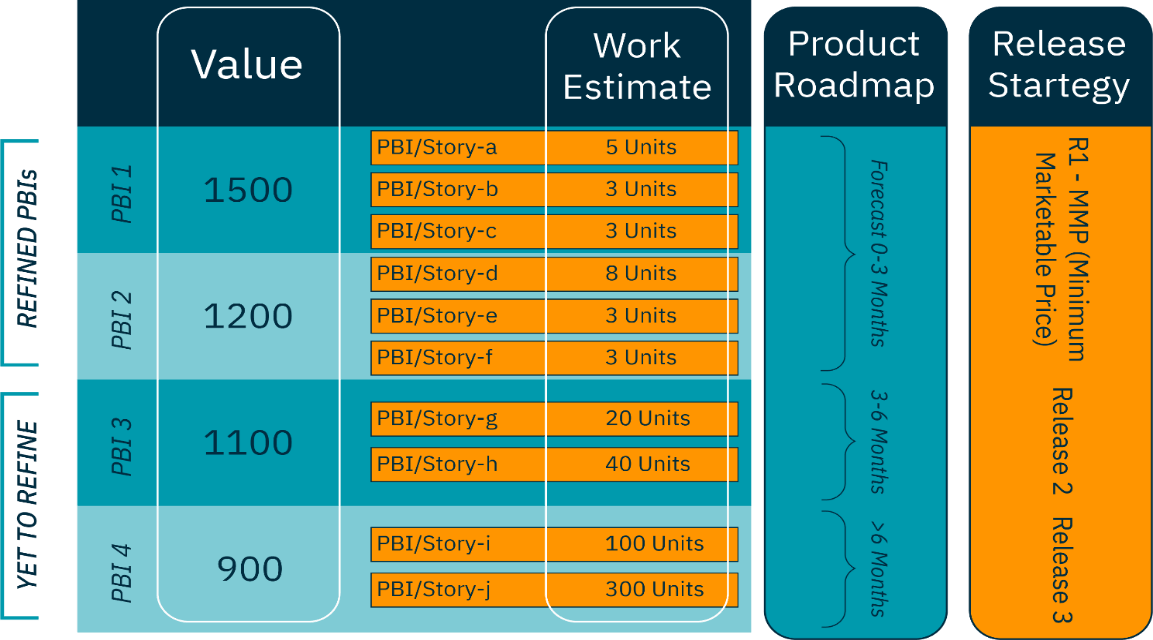
Sumeet Madan
With a remarkable 18-year tenure in software engineering, agile training, coaching, and consulting,... Read more

With a remarkable 18-year tenure in software engineering, agile training, coaching, and consulting,... Read more

When we talk about Scrum for complex Product Development, it starts from Vision and Product Backlog.
As per Scrumguide - “The Product Backlog is an ordered list of everything that is known to be needed in the product. It is the single source of the requirement for any changes to be made to the product.”
In other words, the Product Backlog is a set of requirements that are needed for the Product. These requirements are functional requirements (FR), non-functional requirements (NFRs), defects (BUG), capabilities (CAP), explorations (POCs), etc.
These are documented in tools such as excel, JIRA, TFS and many more. Also, they are made available/accessible to the scrum team and stakeholders.

When Product Backlog initially takes its shape, it is available to the team and stakeholders. However, doesn’t help in making any decisions and observations and hence is only visible.
What does it take for the Product Backlog to be transparent or What information does a product backlog give about the Product?
The Product backlog raises transparency when business is able to take decision based on what is available in the Product Backlog. To make Product Backlog transparent, the Product Owner works with stakeholders and team for an understanding of the value and estimate of the work and then orders the backlog for maximizing its value.




Product Owner forecasts on the Product Backlog every sprint
When your Product Backlog is ordered and estimated; it reflects on the Product Roadmap; making it easier for stakeholders to plan their work well. Similar to marketing and sales professionals who plan for the campaign for the new feature releases of the Product or launching the product.
A good technique for the predictability and forecasting of the Product Backlog could be the velocity of the team. The velocity is often confused with the productivity of the team. In my next blog, I shall discuss what velocity is all about and how this can be used as a tool for the Scrum team’s predictability and forecastability.
With a remarkable 18-year tenure in software engineering, agile training, coaching, and consulting, Sumeet's expertise is unparalleled. As a certified Professional Scrum Trainer (PST) from Scrum.org and a distinguished SAFe® Practice Consultant (SPC), Sumeet brings a wealth of knowledge and skill to every project, making a lasting impact on organizations seeking to embrace Agile methodologies.
WhatsApp Us
Sumeet is an excellent coach and can relate the subject to the day-to-day work we do. That makes our understanding easie...
I attended PSPO Training by Sumeet Madan last wakened and I must say it has been the best training ever. He did not open...

I had recently attended PSPO training with Sumeet Madan and it was fantastic! His expertise in Agile product ownership i...

Excellent way of providing the training by Preeth. Scenario based teaching approach makes it extremely easy to learn and...

I recently took the ICP-ENT (Enterprise Agile Coaching) training with an online course. The customer service was great a...

We will get back to you soon!
For a detailed enquiry, please write to us at devops@agilemania.com
We will get back to you soon!
For a detailed enquiry, please write to us at devops@agilemania.com



